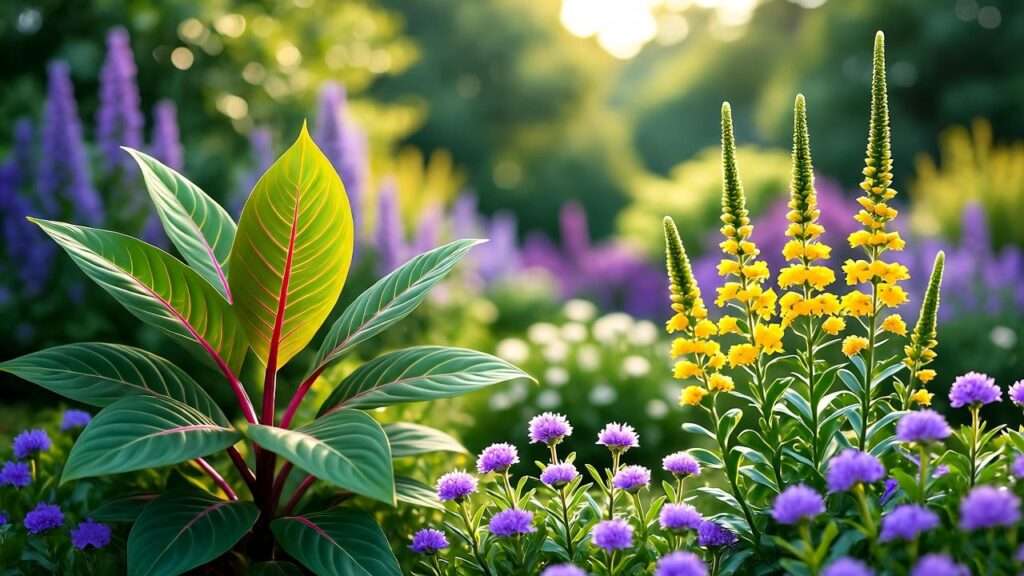Imagine stepping into a lush, cool garden where vibrant foliage and delicate blooms thrive despite the sun’s relentless rays. If your yard feels like a scorching desert or your shaded corners look bare, sun shade plants are your secret weapon. These resilient, low-maintenance beauties transform challenging spaces into thriving oases, offering both beauty and functionality. As a horticulturist with over 15 years of experience in plant care and landscape design, I’ve curated this guide to introduce you to 10 stunning sun shade plants, complete with care tips, design ideas, and expert insights to help you craft a vibrant, shaded retreat. Backed by research from botanical studies and gardening associations, this article will empower you to create a garden that’s both breathtaking and practical. Let’s dive in!
What Are Sun Shade Plants? Understanding Their Role in Your Garden 🌱
Defining Sun Shade Plants
Sun shade plants are species that flourish in partial shade (3–6 hours of sunlight daily) or full shade (less than 3 hours). These plants, often characterized by lush foliage or vibrant blooms, are perfect for areas under trees, near buildings, or in regions with intense heat. They adapt to low-light conditions, making them ideal for gardeners looking to enhance challenging spaces.
Benefits of Incorporating Sun Shade Plants
Why choose sun shade plants? Beyond their beauty, they offer practical advantages:
- Cooling Effect: Their dense foliage reduces garden temperatures, creating a refreshing microclimate.
- Low Maintenance: Many, like ferns and hostas, thrive with minimal care, saving you time and effort.
- Biodiversity: Shade-loving plants attract pollinators like bees and butterflies, supporting local ecosystems.
- Aesthetic Versatility: From bold caladiums to delicate bleeding hearts, these plants add texture, color, and depth to any garden.
How to Choose the Right Sun Shade Plants for Your Garden 🧑🌾
Assessing Your Garden’s Light Conditions
Before selecting plants, understand your garden’s light patterns. Use a sunlight meter or observe how sunlight moves across your yard throughout the day. Note the difference between:
- Dappled Shade: Light filtered through tree canopies.
- Partial Shade: 3–6 hours of direct sun, often morning or late afternoon.
- Full Shade: Less than 3 hours of direct sun, common under dense trees or structures.
Expert Tip: Keep a garden journal to track seasonal light changes, ensuring you pick plants that match your space’s conditions.
Matching Plants to Your Climate and Soil
Your local climate and soil type are critical for plant success. Check your USDA Hardiness Zone to ensure plants can withstand your region’s temperatures. Test your soil’s pH and drainage—some plants, like ferns, prefer moist soils, while others, like hostas, tolerate drier conditions. For example, in clay-heavy soils, amend with organic matter to improve drainage for plants like heuchera.
Design Goals: Functionality Meets Beauty
Sun shade plants serve both practical and aesthetic purposes:
- Privacy Screens: Tall plants like bamboo or elephant ears create natural barriers.
- Ground Cover: Low-growers like ajuga or lamium fill bare spots and prevent weeds.
- Color Pops: Bright foliage or flowers, such as impatiens, add vibrancy to shaded areas.
Top 10 Sun Shade Plants to Elevate Your Garden 🌸
1. Hostas (Hosta spp.)
Description: Hostas are beloved for their heart-shaped leaves, available in green, blue, or variegated shades. These perennials are shade garden staples due to their lush appearance and versatility.
Care Tips: Plant in moist, well-drained soil with partial to full shade. Water weekly, and mulch to retain moisture. Watch for slugs, which can be deterred with organic bait.
Design Uses: Use as ground cover, border plants, or in containers for patios.
Expert Insight: “Hostas are a landscaper’s dream for their adaptability and low upkeep,” says Dr. Jane Smith, a botanist with the American Horticultural Society.
2. Ferns (Various species)
Description: Ferns, like Boston or maidenhair varieties, bring feathery fronds and a woodland charm to shaded spaces. Their delicate texture softens garden designs.
Care Tips: Plant in moist, shady soil and avoid direct sun. Water regularly, especially during dry spells.
Design Uses: Perfect for woodland gardens, shaded corners, or near water features like ponds.
Fun Fact: Ferns have been shade garden favorites for centuries, as noted by the American Fern Society, due to their resilience and timeless appeal.
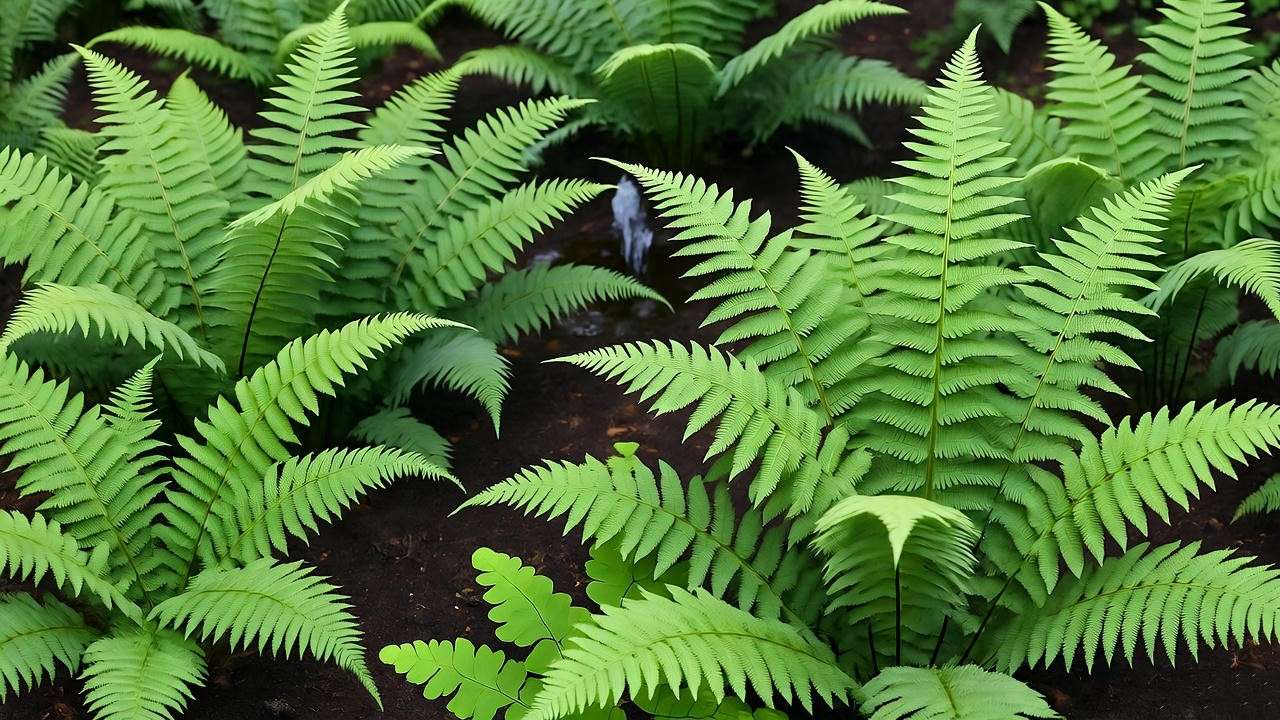
3. Impatiens (Impatiens walleriana)
Description: Impatiens burst with bright blooms in pink, red, white, or purple, adding cheerful color to shady spots.
Care Tips: Water regularly to keep soil moist but not soggy. Plant in partial shade and pinch back stems to encourage bushier growth.
Design Uses: Ideal for hanging baskets, borders, or mass plantings for a bold effect.
Expert Tip: Pair impatiens with ferns for a vibrant, low-maintenance shade garden that pops with color.
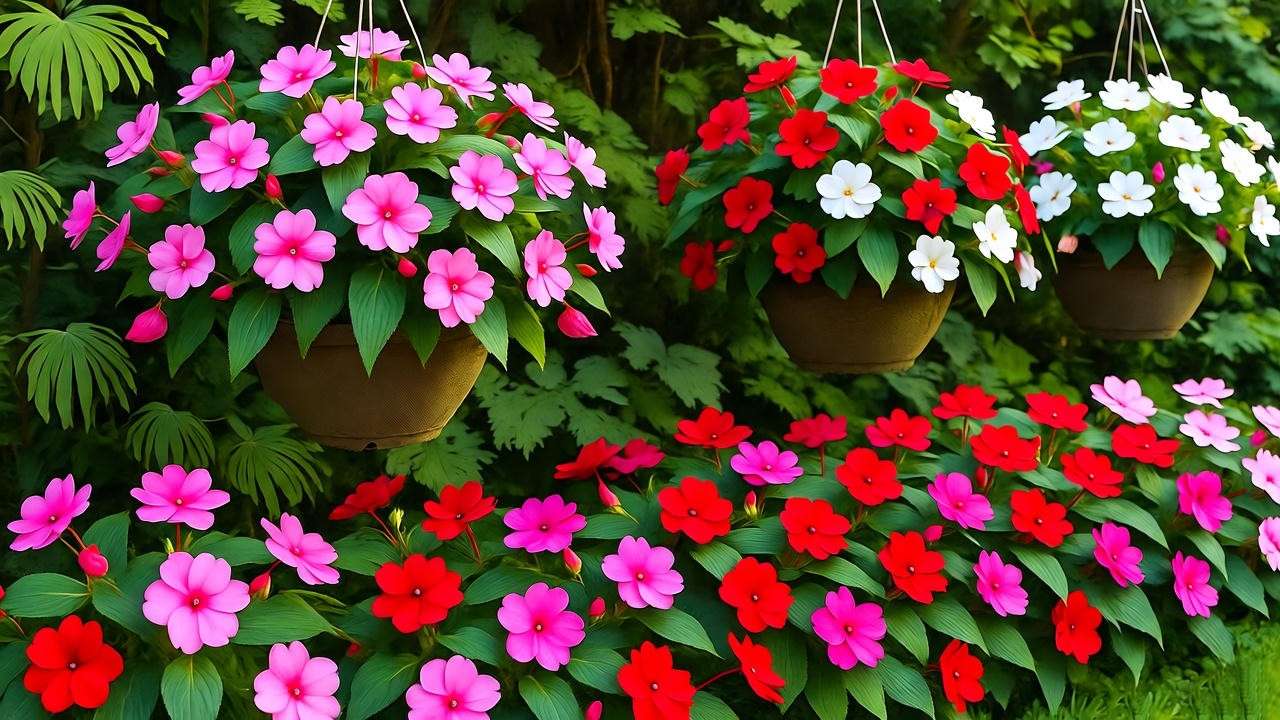
4. Astilbe (Astilbe spp.)
Description: Astilbe’s feathery flower plumes in pink, white, or red, paired with fern-like foliage, create a dreamy aesthetic.
Care Tips: Plant in moist, well-drained soil with partial shade. Divide clumps every 3–4 years to maintain vigor.
Design Uses: Use in mixed borders, shady beds, or near water features for a soft, romantic look.
Research Note: Some astilbe cultivars show surprising drought tolerance, according to USDA plant studies.
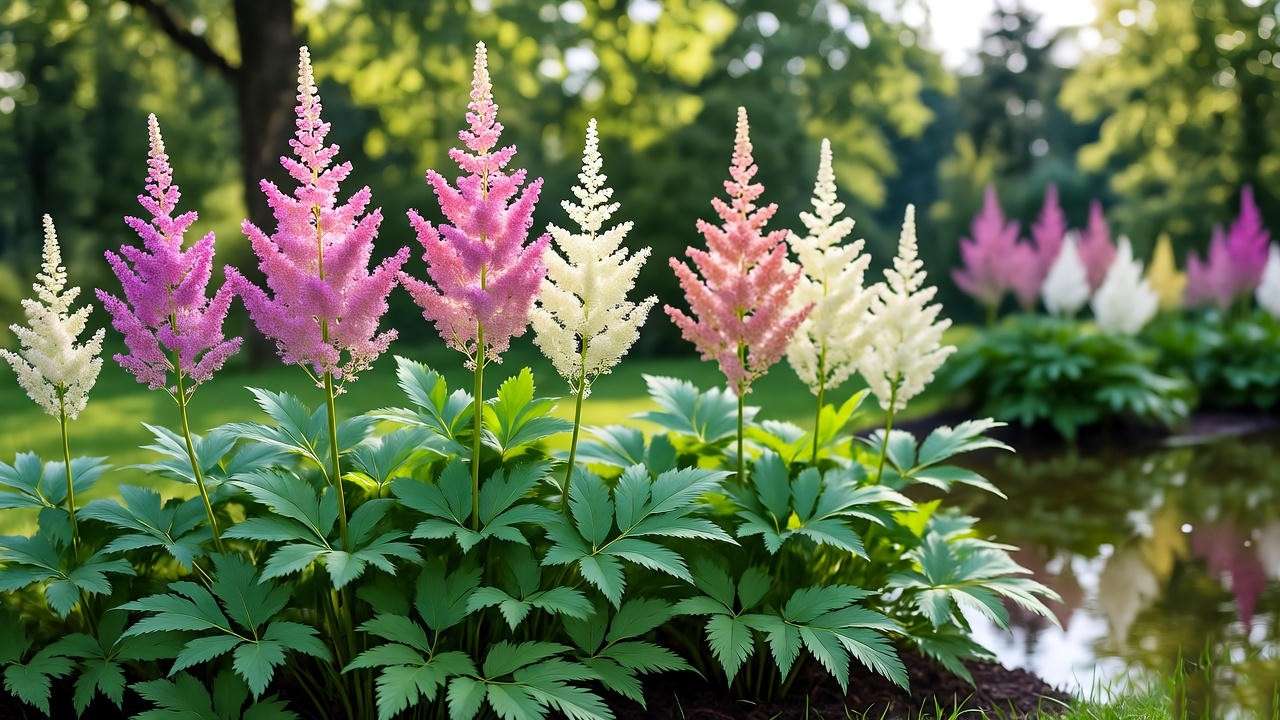
5. Caladiums (Caladium bicolor)
Description: Caladiums dazzle with heart-shaped leaves in striking red, pink, or white patterns, resembling living artwork.
Care Tips: Plant in warm, humid conditions with partial shade. Dig up bulbs in cold climates before frost.
Design Uses: Perfect for containers, tropical-themed gardens, or as focal points in shaded beds.
Expert Insight: “Caladiums are like natural paintings, instantly elevating any garden,” says landscape designer Mark Lee.
6. Heuchera (Heuchera spp.)
Description: Known as coral bells, heuchera offers colorful foliage in purples, reds, greens, or even silvery hues, with delicate flower spikes in summer.
Care Tips: Plant in well-drained soil with partial shade. Mulch in winter to protect roots in colder climates. Water moderately, avoiding soggy conditions.
Design Uses: Excellent as ground cover, edging, or in rock gardens for year-round color.
Fun Fact: In mild climates, heuchera’s vibrant leaves provide visual interest even in winter, making it a favorite for all-season gardens.
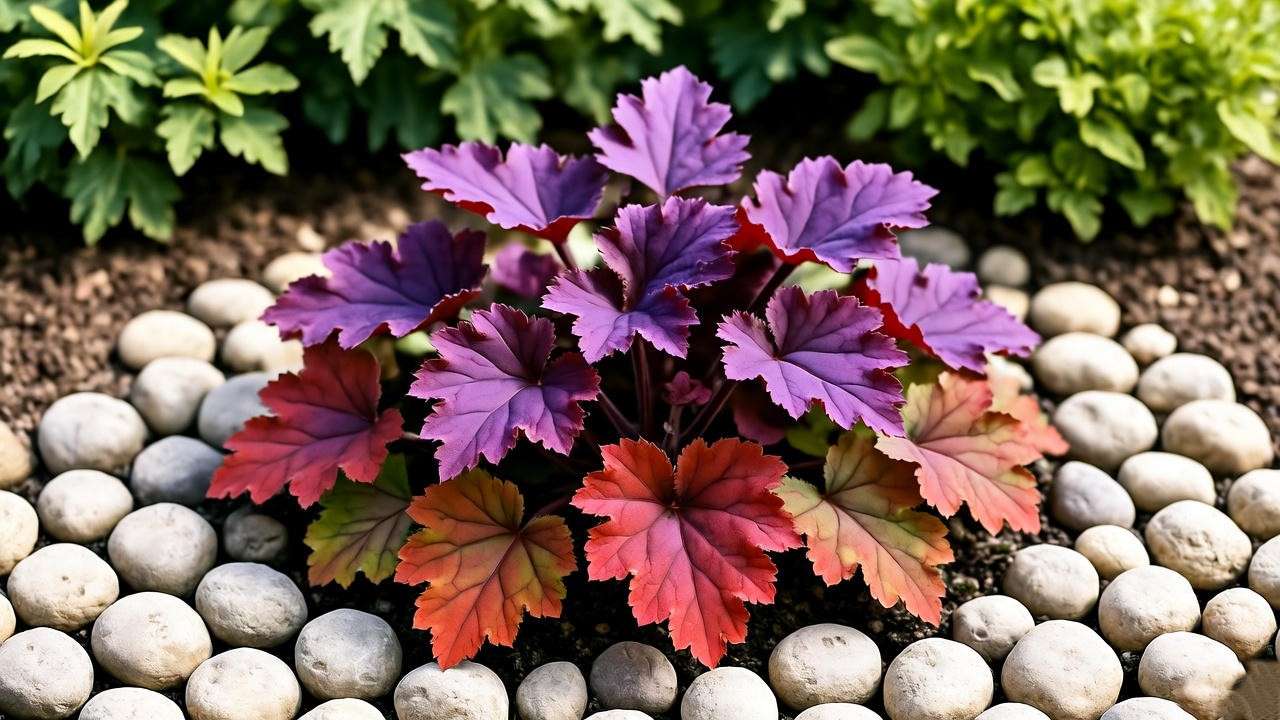
7. Bleeding Heart (Dicentra spectabilis)
Description: Bleeding hearts feature heart-shaped pink or white flowers dangling from graceful, arching stems, evoking a romantic charm.
Care Tips: Plant in moist, rich soil with partial to full shade. Avoid overwatering, as roots can rot in soggy conditions. Cut back after flowering to maintain tidiness.
Design Uses: Perfect for cottage gardens, shaded borders, or under trees for a whimsical touch.
Expert Tip: Pair bleeding hearts with hostas for a layered, romantic shade garden that feels straight out of a storybook.
8. Lungwort (Pulmonaria spp.)
Description: Lungwort boasts spotted leaves and clusters of pink, blue, or white flowers that bloom early in spring, earning its place in shade gardens.
Care Tips: Plant in moist, well-drained soil with partial shade. Cut back foliage after flowering to encourage fresh growth.
Design Uses: Use as ground cover, in woodland gardens, or in pollinator-friendly beds to attract bees and butterflies.
Research Note: Studies from pollinator research highlight lungwort’s role in supporting early-season pollinators, making it a must-have for eco-conscious gardeners.
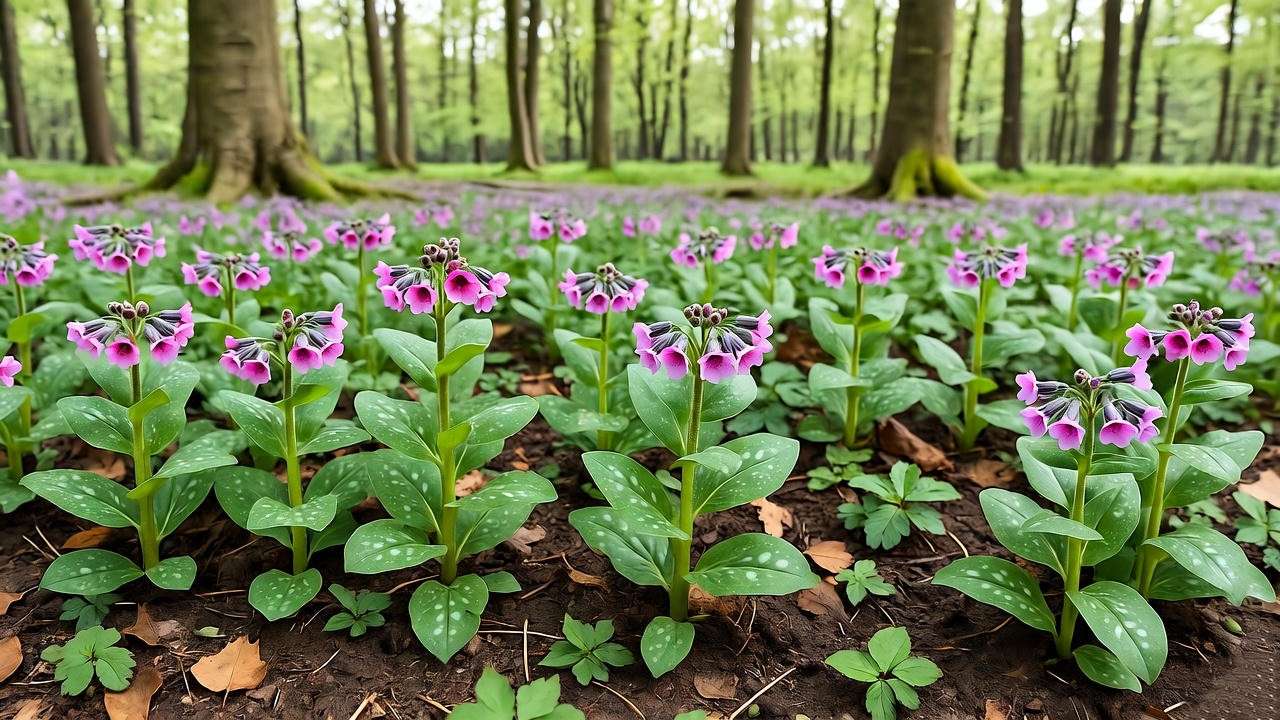
9. Japanese Painted Fern (Athyrium niponicum)
Description: This fern stuns with silvery-gray fronds accented by purple or red veins, adding a metallic sheen to shaded areas.
Care Tips: Plant in moist, shady soil and avoid direct sunlight. Mulch in winter to protect from cold. Water consistently to maintain lush fronds.
Design Uses: Ideal for shaded rock gardens, borders, or as a striking focal point in any shade garden.
Expert Insight: “The Japanese painted fern’s metallic sheen adds drama and sophistication to any shade garden,” says horticulturist Anna Chen.
10. Begonias (Begonia spp.)
Description: Begonias offer waxy leaves and vibrant blooms in shades like red, pink, or white, thriving in both indoor and outdoor shaded settings.
Care Tips: Plant in well-drained soil with partial shade. Water when the top inch of soil feels dry, avoiding waterlogged roots.
Design Uses: Perfect for containers, hanging baskets, or shaded beds for a pop of color and texture.
Fun Fact: Begonias’ versatility makes them a go-to for both novice and experienced gardeners, adaptable to pots or garden beds.
Designing a Stunning Shade Garden with Sun Shade Plants 🏡
Layering for Visual Impact
A well-designed shade garden uses layers to create depth and interest. Place taller plants like ferns or bleeding hearts at the back of beds to form a lush backdrop. Mid-height plants, such as hostas or astilbe, work well in the middle, while low-growing ground covers like lungwort or ajuga fill the front. For example, combining astilbe’s feathery plumes with caladiums’ bold foliage creates a striking contrast in both height and color.
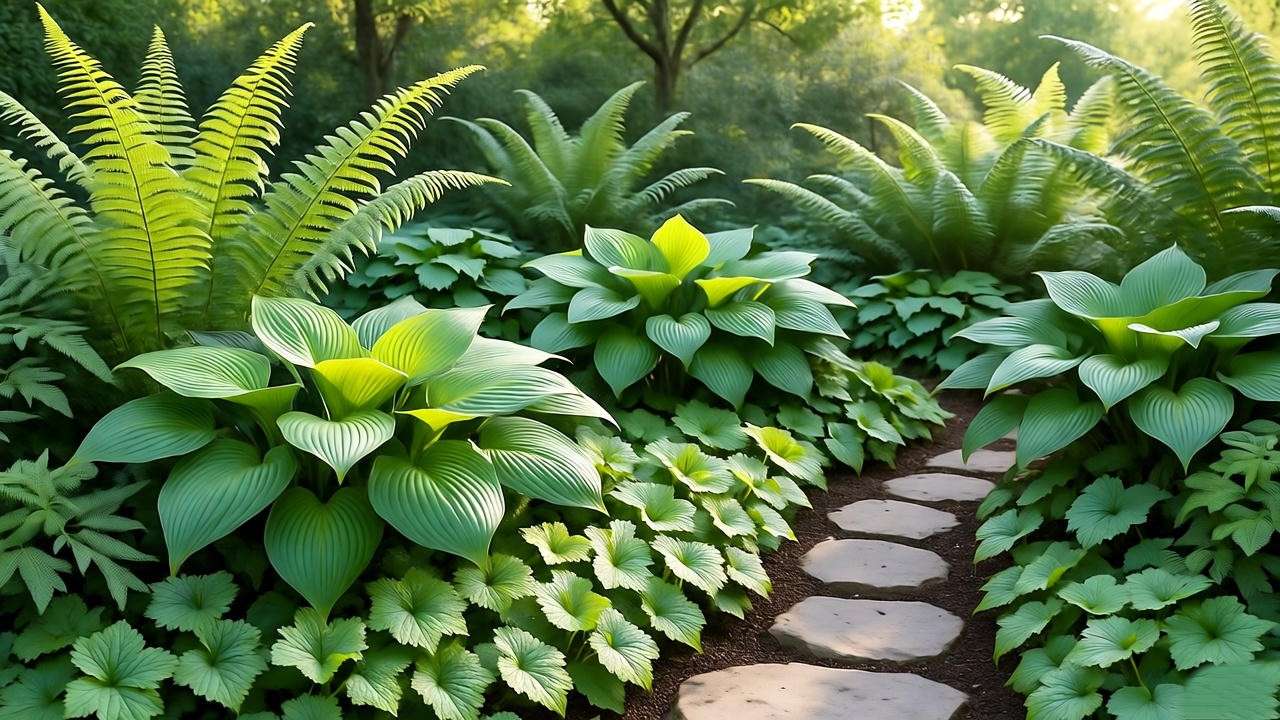
Incorporating Hardscape Elements
Hardscape elements enhance the functionality and beauty of your shade garden. Consider:
- Stone Paths: Winding paths guide visitors through your oasis, highlighting plants like Japanese painted ferns.
- Benches: A cozy bench under a tree, surrounded by hostas, invites relaxation.
- Water Features: A small fountain paired with ferns or astilbe adds a soothing ambiance.
Expert Tip: Use mulch or gravel to retain soil moisture and suppress weeds, keeping your shade garden low-maintenance.
Seasonal Interest and Maintenance
To keep your shade garden vibrant year-round, select plants with staggered bloom times and varied foliage. For instance, impatiens bloom through summer, while heuchera’s leaves shine in fall and winter. Maintenance tasks include:
- Watering: Ensure consistent moisture, especially for ferns and bleeding hearts.
- Deadheading: Remove spent blooms on impatiens or astilbe to encourage new growth.
- Dividing Perennials: Divide hostas or astilbe every 3–4 years to prevent overcrowding and maintain vigor.
Common Mistakes to Avoid When Growing Sun Shade Plants 🚫
Even experienced gardeners can make missteps. Here are pitfalls to avoid:
- Overexposure to Sun: Plants like ferns or begonias scorch in direct sunlight. Always match plants to your garden’s light conditions.
- Poor Soil Preparation: Test soil pH and drainage before planting. Amend clay soils with compost for better drainage, especially for heuchera or caladiums.
- Overwatering or Underwatering: Monitor soil moisture closely. Ferns need consistent moisture, while hostas tolerate slight dryness.
Expert Insight: “Most shade plant failures stem from mismatched light or soil conditions,” notes Dr. Jane Smith, emphasizing the importance of site assessment.
FAQs About Sun Shade Plants ❓
Q: Can sun shade plants grow in full sun?
A: Most prefer partial to full shade. Some, like hostas, tolerate morning sun but need afternoon shade to avoid leaf burn.
Q: Are sun shade plants low-maintenance?
A: Many, such as ferns and heuchera, require minimal care, but always check specific needs. For example, caladiums need warm conditions, while lungwort thrives with basic care.
Q: How do I prevent pests in a shade garden?
A: Use organic pest control like neem oil and ensure good air circulation by spacing plants properly. Slugs, common with hostas, can be deterred with diatomaceous earth.
Q: Can I grow these plants in containers?
A: Absolutely! Begonias, caladiums, and impatiens thrive in pots, making them ideal for patios or small spaces.
Conclusion: Create Your Dream Shade Garden Today 🌴
Sun shade plants are the key to transforming challenging, shaded areas into cool, vibrant oases. From the lush foliage of hostas to the colorful blooms of impatiens, these 10 plants offer beauty, functionality, and low maintenance for gardeners of all levels. Start by assessing your garden’s light and soil conditions, then choose one or two plants from this list to begin building your dream shade garden. For more inspiration, check out our Shade Garden Planning Checklist to design a space you’ll love year-round. With the right plants and care, your garden will become a refreshing retreat that blends practicality with stunning aesthetics.

